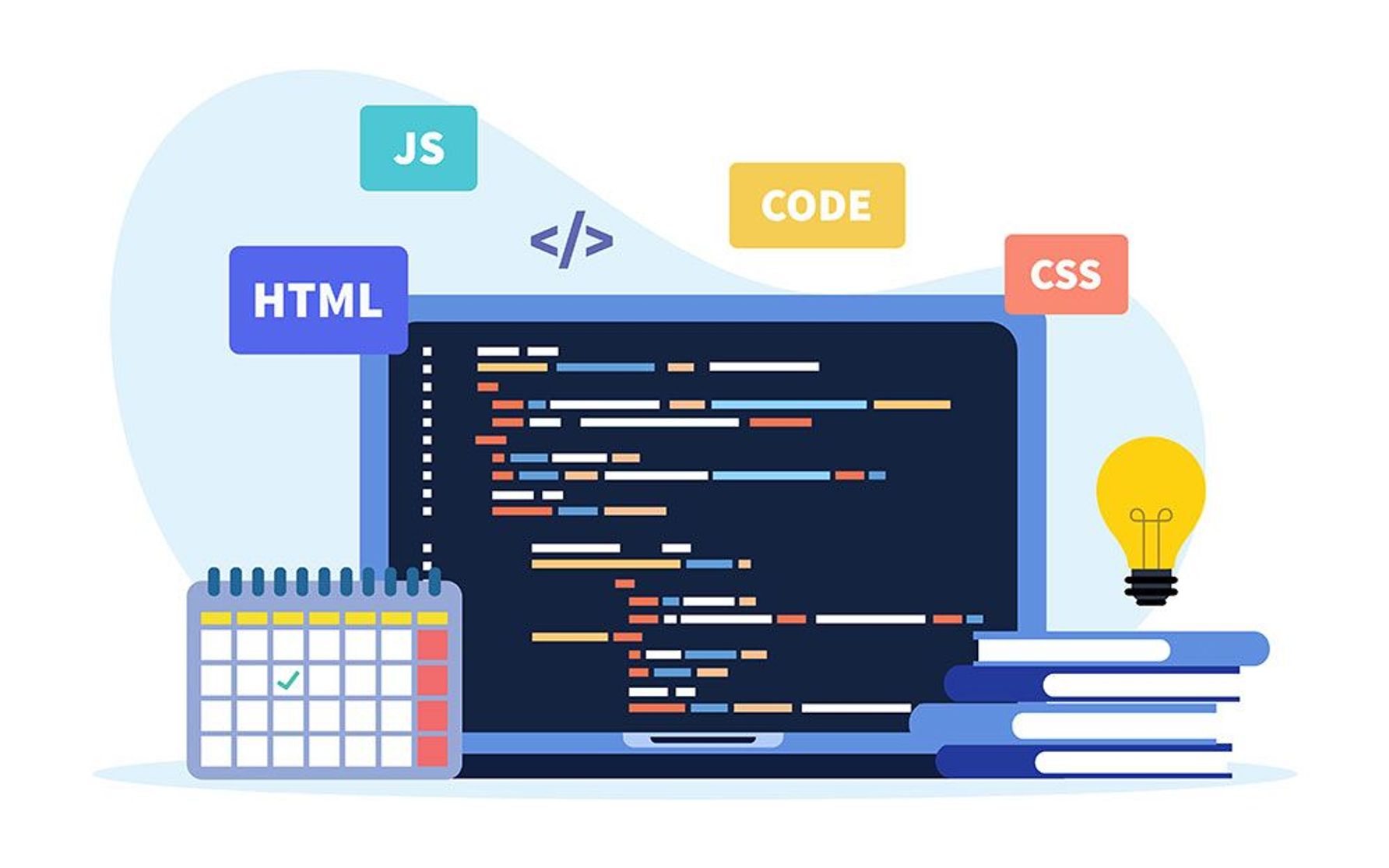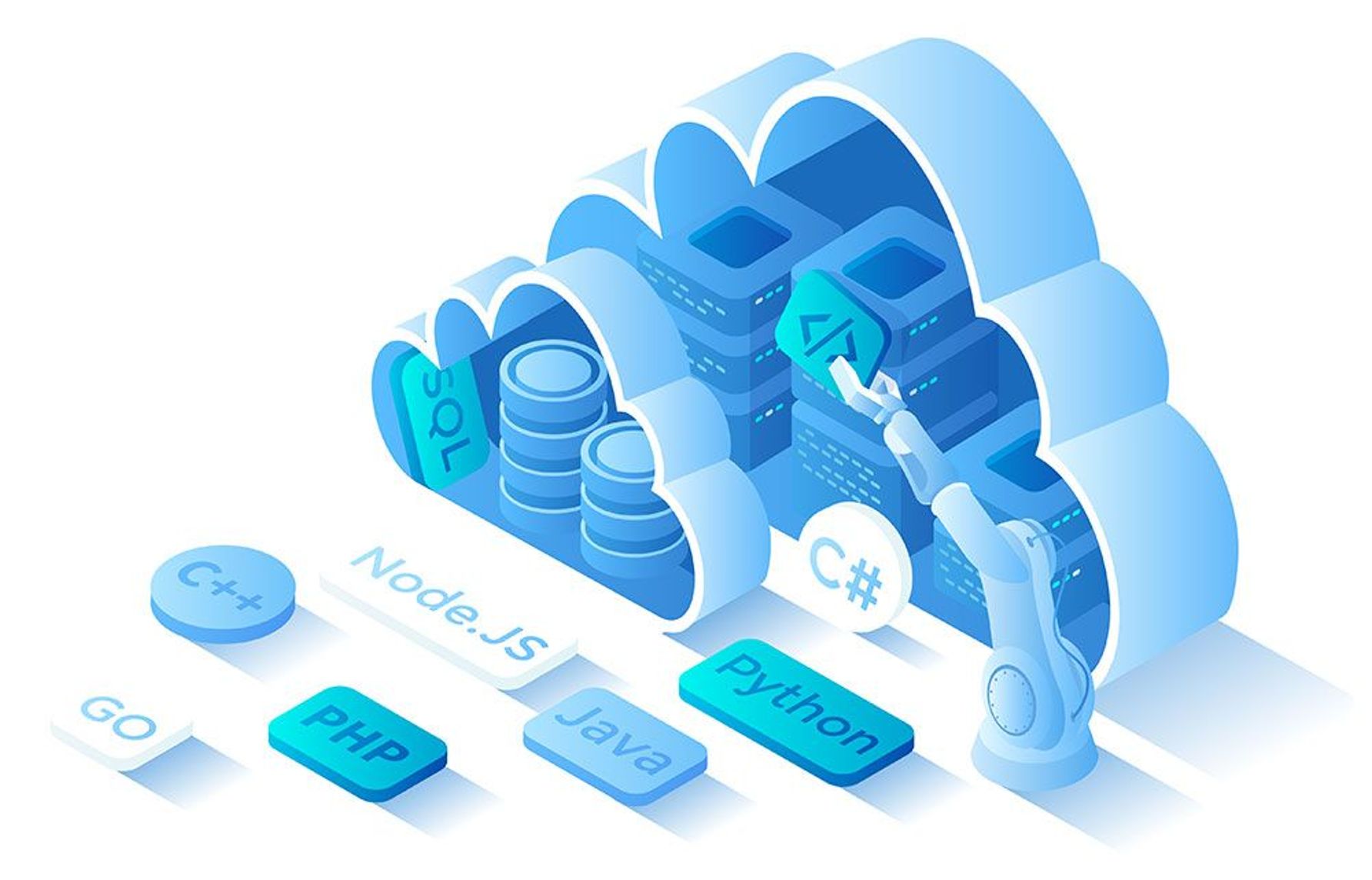
The world of web development offers a vast array of opportunities, allowing you to channel your creativity and problem-solving skills into building and maintaining websites. But with so many roles and specializations to choose from, how do you know which path is right for you? In this blog post, we will delve into the “front end vs back end developer” debate, providing a comprehensive comparison between front-end, back-end, and full-stack development roles, shedding light on the skills, job roles, and salary expectations for each.
By the end of this blog post, you’ll have a clearer understanding of the differences between these roles in the context of “front end vs back end developer”, the skills required to excel in each, and the various job opportunities available. This knowledge will empower you to make an informed decision about your future career in web development and help you determine which path aligns best with your personal strengths and passions.
Short Summary
- Explore the differences between front-end, back-end and full stack development in 2023.
- Assess strengths & interests to determine which path is best suited for individual skills & career goals.
- Various educational/training options available to pursue a web dev career, such as online courses, bootcamps etc.

The front end development process
Front-end development focuses on the visual and interactive aspects of a website, ensuring a seamless user experience. Web developers, especially front-end developers, concentrate on creating visually appealing and user-friendly websites using:
- Grid systems
- Layout
- Typography
- Color theory
They employ Cascading Style Sheets (CSS) to alter the shape of the interface, while prioritizing the end-user experience and employing UX/UI principles to make the product more user-friendly.
Front-end developers are responsible for building out a web site and web pages based on a design created by a web designer, as well as any interactivity needed with various aspects of the website, including:
- the logo
- the search function
- the icons
- the general layout
- the user interface
They utilize front-end programming languages such as HTML, CSS, and JavaScript to create these visually pleasing and interactive elements. Moreover, they ensure that the website’s style is properly integrated with back-end services and APIs.
Front End Developer Skills
Front-end developers need to be proficient in a variety of skills to create visually appealing and user-friendly websites. They commonly employ:
- HTML
- CSS
- JavaScript
- Client-side frameworks such as Angular, React, Stencil, and Vue
These programming languages are essential tools for front-end developers to design and implement the visual and interactive features of web pages.
In addition to these technical skills, front-end developers must possess strong problem-solving abilities, creativity, and attention to detail. They are responsible for debugging and utilizing static code analysis to ensure that their code is efficient and functional. As a front-end developer, mastering these skills will set you up for success and enable you to create stunning and user-friendly web sites.
Front End Developer Job Roles
Front-end developers typically work alongside other members that contribute to the creation of a website, including web designers, UI designers, UX designers, and front-end engineers. In their primary role, they are tasked with creating user-friendly web pages, maintaining and improving websites, optimizing web performance, and implementing visual and interactive elements.
Additionally, front-end developers need to code user-side functionality, determine the structure and design of web pages, and collaborate with back-end developers to ensure a seamless user experience. With such a diverse set of responsibilities, front-end developers have ample opportunities to showcase their creativity and technical prowess.
Back End Development Uncovered

Back end development requires knowledge of back end programming languages.
While front-end development focuses on the visual aspects of a website, back-end development deals with the server-side logic, databases, and infrastructure that power a website’s functionality. Back-end developers:
- Design, develop and maintain services which are essential for business operations
- Process business logic and also access various resources such as databases, file servers, cloud services, etc.
- Utilize programming languages like Java, Python, Ruby, PHP, Node, and .NET to build and maintain the server-side components of a web application.
A prime example of a server-side function that a back-end developer would be responsible for is storing and directing data, such as contact information and requests from a “contact us” form, to the appropriate individual. Back-end development plays a crucial role in ensuring that a website performs optimally, providing a solid foundation for the front-end elements.
Back End Developer Skills
Back-end developers need a unique set of skills to effectively manage the behind-the-scenes components of a website. They should possess expertise in programming languages such as Java, PHP, Python, Node, and Ruby, as well as database management systems like Oracle, Microsoft SQL Server, and MySQL.
These technical skills, combined with a strong understanding of server-side architecture and problem-solving abilities, empower back-end developers to:
- Create efficient and robust systems that support the front-end elements of a website
- Ensure that the website functions seamlessly
- Provide a solid foundation for an exceptional user experience
By mastering these skills, back-end developers can create websites that are reliable, fast, and user-friendly.
Back End Developer Job Roles
Back-end developers can pursue various job roles, including server-side engineer, database administrator, and back-end architect. In these roles, they are responsible for designing, developing, and maintaining software applications, as well as managing the complete software development process. They participate in agile software development, architecting, and providing guidance on software development, and develop functional databases and servers.
Collaborating with designers, back-end engineers, and front-end developers, back-end developers also specialize in each stage of software development, ensuring that the website’s server-side components function properly and efficiently. With a diverse range of responsibilities, back-end developers have ample opportunities to showcase their technical expertise and contribute to the overall success of a web application.
Full Stack Development: The Best of Both Worlds?

Front end and back end development have many differences.
Full-stack development combines both front-end and back-end development, allowing developers to work on all aspects of a web application. As proficient in both front-end and back-end languages, frameworks, and tools, full-stack developers are highly sought after by employers who value their ability to perform the tasks of both front-end and back-end developers.
Full-stack developers possess a unique skill set that enables them to:
- Create comprehensive web applications with both functional and aesthetic value
- Switch seamlessly between front-end and back-end tasks
- Ensure that all elements of a website are expertly crafted and well-integrated
This versatility makes them an invaluable asset to any development team.
Full Stack Developer Skills
Full-stack developers require a diverse set of skills to excel in their roles. They must be proficient in:
- Front-end languages like HTML and CSS
- Back-end programming languages such as Java, PHP, Python, Node, and Ruby
- Git and GitHub
- Problem-solving aptitude
In addition to these technical skills, full-stack developers need to be creative and adaptable, as their roles often require them to switch between front-end and back-end tasks. By mastering both front-end and back-end skills, full-stack developers can create comprehensive web applications that not only look stunning but also function properly and efficiently.
Full Stack Developer Job Roles
Full-stack developers have a variety of job roles to choose from, including full-stack engineer, web application developer, and full-stack architect. These roles involve designing, developing, and maintaining software applications, managing the complete software development process, and participating in agile software development.
Full-stack developers are responsible for:
- Architecting and providing guidance on software development
- Developing functional databases and servers
- Specializing in each stage of software development
With such a diverse set of responsibilities, full-stack developers have ample opportunities to showcase their creativity and technical prowess, making them highly sought-after professionals in the web development industry.
Salary Comparisons: Front End vs Back End Developers

A graph showing the average annual salary of front end and back end developers (Source: https://www.ziprecruiter.com/Salaries)
When it comes to salary, back-end developers generally earn more than front-end developers, with full-stack developers earning the highest salaries of the three. This can be attributed to the fact that full-stack developers possess a unique set of skills that enable them to perform both front-end and back-end tasks, eliminating the need for employers to hire two separate individuals for the same job.
However, it’s important to keep in mind that salaries can vary significantly based on factors such as:
- Location
- Experience
- Education
- Industry demand
In the next section, we will explore these factors in more detail, providing a better understanding of the salary expectations for front-end, back-end, and full-stack developers.
Factors Affecting Salaries
Salaries can vary substantially based on the cost of living in a particular area. Additionally, developers with more experience and higher educational attainment may be able to negotiate higher salaries.
Industry demand also plays a significant role in determining a developer’s salary, as those in highly sought-after industries may be able to negotiate higher salaries. By understanding these factors, you can better gauge the salary expectations for front-end, back-end, and full-stack developers and make an informed decision when choosing your career path in web development.
Choosing Your Path: Front End, Back End, or Full Stack?

A person looking at a computer screen, assessing their strengths and interests.
The decision between front-end, back-end, or full-stack development ultimately depends on your personal strengths, interests, and career goals. Job opportunities for web developers are expected to increase by 13 percent over the next decade, making this an attractive field with plenty of opportunities for growth.
To determine which path aligns best with your passions and skills, it’s essential to assess your strengths and interests, as well as explore the various education and training options available.
In the next sections, we will provide guidance on how to assess your strengths and interests, as well as explore the different education and training options available to help you become a front-end, back-end, or full-stack developer.
Assessing Your Strengths and Interests
To determine the best development path for you, it’s important to assess your strengths and interests. Consider the tasks you’ve completed in the past, the activities you enjoy, and the qualities you possess. Compile a list of these skills and characteristics, and seek input from trusted and respected individuals, such as:
- family
- friends
- mentors
- colleagues
Additionally, you can take personality tests like the Myers-Briggs Type Indicator, the Big Five Personality Test, or the Enneagram Test to gain further insight into your strengths and interests. By understanding your unique set of skills and passions, you can make an informed decision about which development path is best suited to your career goals.
Education and Training Options
Several education and training options are available to help you pursue a career in web development. Some options include:
- Online courses and tutorials
- Coding bootcamps
- College or university programs
- Self-study and practice
These resources can provide valuable instruction in the skills necessary to become a front-end, back-end, or full-stack developer.
Alternatively, you may choose to attend a bootcamp, which offers intensive, in-person courses that provide the necessary skills for a career in web development. Degree programs are also available, which can provide a more in-depth and comprehensive education in the field.
By exploring these various education and training options, you can find the best path to help you achieve your career goals in web development.
Summary
In conclusion, the world of web development offers a plethora of exciting opportunities, with front-end, back-end, and full-stack developers each playing a vital role in creating and maintaining websites. While front-end developers focus on the visual and interactive elements, back-end developers concentrate on the server-side logic and infrastructure. Full-stack developers possess a unique set of skills that allow them to work on both front-end and back-end tasks, making them highly sought-after professionals in the industry.
By assessing your strengths and interests and exploring the various education and training options available, you can make an informed decision about your future career in web development. Whether you choose to pursue a career as a front-end, back-end, or full-stack developer, the opportunities for growth and success are vast, and the rewards are limitless.